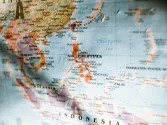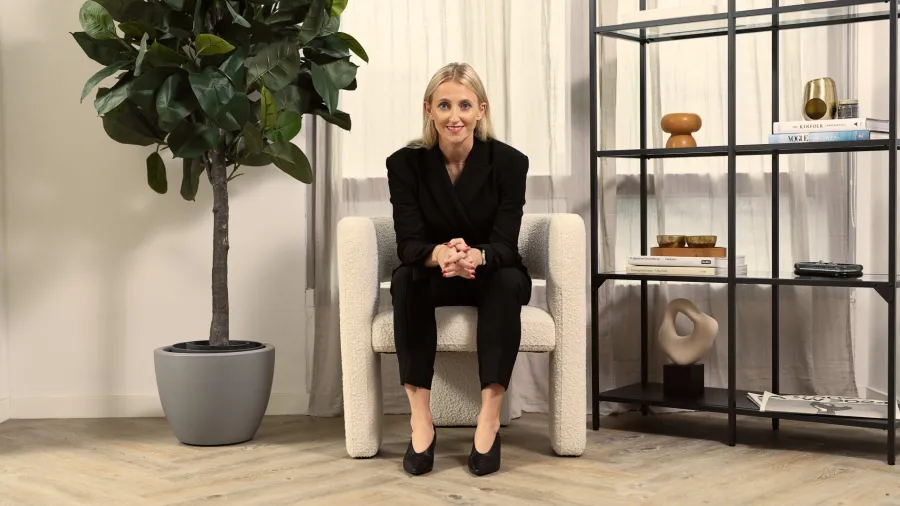
H&M hires local influencers to boost marketing in Asia
The Swedish retailer is harnessing K-pop, whose influence on global fashion is undeniable.
Global fashion brand H&M Hennes & Mauritz AB is working with local designers and influencers as it tries to tailor its marketing strategy to Asia’s diverse fashion preferences.
“Our operations span over 250 stores across our markets, and we see the uniqueness and cultural differences between the countries,” Aneta Pokucinska, managing director of East Asia at H&M, told Retail Asia.
The listed Swedish fashion retailer has worked with some of Asia’s most prominent designers, including Anamika Khanna, an Indian fashion designer known for her fusion of traditional and contemporary styles, and Korean designer Rok Hwang, whose minimalist and bold designs are popular with the younger generation.
“At the same time, we also see how the preferences are spanning across markets where the K-pop trend is enlarging,” Pokucinska said. “We see that the styles consumers prefer differ so much — from vibrant patterns to modest styles in some countries.”
In 2025, H&M will launch a local collection in selected Asian markets, tapping into regional trends from sophisticated to minimalist designs, with an emphasis on K-pop culture. Pokucinska said these collections would be limited to Asia.
H&M in September scrapped its 10% margin target for 2024 as higher discounting, costs and stiff competition hurt operating profit in the third quarter ended August. Its operating margin was 5.9%, bringing the nine-month figure to 7.4%.
H&M Group operates more than 1,000 stores across Asia, Oceania, and Africa, according to its latest financial report. Net sales in these regions reached $658.5m (7.17b kr) in the third quarter, a 5% decline from a year earlier.
The global fashion market is valued at $742.5b, with the Asia-Pacific region accounting for 23% or $170.8b of the total in 2024, according to data from Cognitive Market Research. The growing influence of social media and celebrity endorsements is driving the expansion.
“Asia serves, for us, as a great inspiration for innovation within H&M,” Pokucinska said. “It’s also a fascinating part of the world where we see big penetration of mobile and digital channels.”
As digital platforms continue to rise, H&M is focusing on markets like South Korea, where K-pop's influence on global fashion is undeniable, Pokucinska said.
Singapore is also a key market for the brand, especially as it boosts its omnichannel strategy, which includes digital features like augmented reality fitting rooms. “Convenience and seamless shopping experience is of the essence in Asia, and this is what H&M is stepping into.”
Beyond design and technology, sustainability is likewise taking centre stage at H&M, driven by growing consumer demand. The company has a recycling program that allows customers to drop off unused clothes for repurposing.
“Our products from 2023 are derived from recycling materials, and over 84% of our collections are produced from recycled fabrics,” Pokucinska said.


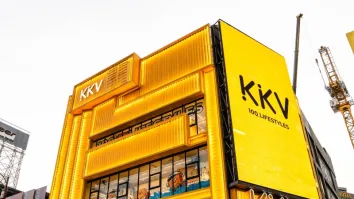


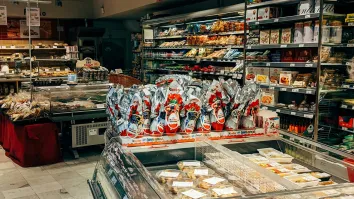




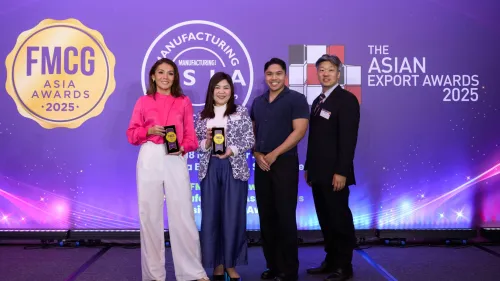

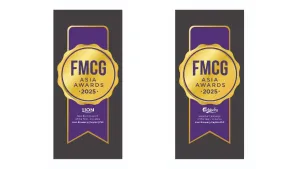





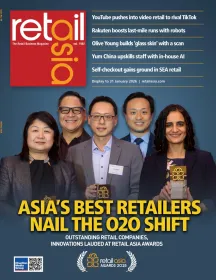
 Advertise
Advertise

